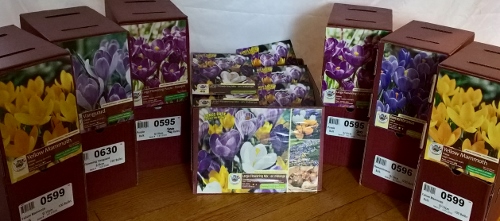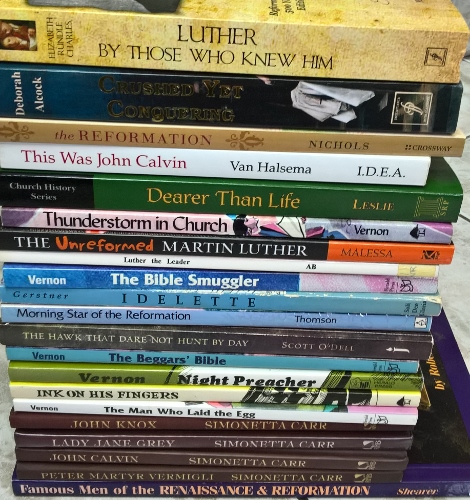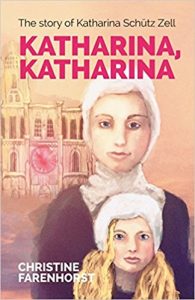Unable to resist the book list at the back of the excellent World War 1 novel High as the Heavens, I requested I Was a Spy! by Marthe McKenna via interlibrary loan. When it arrived I took the afternoon off, and I’m in good company; Sir Winston Churchill stayed up until 4 AM to finish it. He had a personal interest in the story, though, for in 1919, as Secretary of State for War, he had formally conveyed ‘the appreciation of his Majesty’ to Marthe Cnockaert McKenna.
Marthe, a Belgian nurse, was on her second vacation from medical school when war broke out. Her village of Westroosebeke was devastated and full of wounded so she volunteered to help some nuns, refugees from Passchendaele, with their emergency hospital. Within half a year the town became too dangerous, all the women were sent to Roulers where Marthe joined the hospital, and Marthe accepted an invitation from an old family friend, presumed missing, to ‘serve her country’.
‘Laura’ as she was known to British Secret Intelligence Commission, passed on messages to #63. At the hospital and her parents’ café she gathered her own intelligence, and passed that on, too. She also worked tirelessly at the hospital, sometimes even caring for individuals her information had wounded.
In the Foreword, Sir Winston Churchill puts it best:
She reported the movement of troops; she destroyed, or endeavoured to destroy, ammunition dumps; she assisted the escape of British prisoners; she directed the British aeroplanes where to strike at the billets, camps, and assemblies of the German troops, and thus brought death upon hundreds of the enemies and oppressors of her country.
In the meanwhile she worked in the German hospitals rendering the merciful and tender service of a nurse to those upon whom, in another capacity, she sought to bring death and ruin, and for that service she was actually awarded the German Iron Cross in the early days of the War.
Thrilling in an understated way, I Was a Spy took me to Belgium during World War 1, into situations and concerns I could never imagine, into the life of a heroine who just did the next right thing, over and over and over, until she slipped….
Spying can be a sordid business but Marthe’s spying was, fortunately, not. War is a sordid business, too, but sometimes wars need to be fought. This book shows how Marthe chose to fight for her country, at the risk of her life, with all her intelligence, indeed all her heart, soul, mind, and strength, all the while loving her neighbor—and her enemy—as herself while she worked at the hospital.
We, too, are part of a war in which we fight the enemy yet are commanded to show love as well. Our armour is detailed in Ephesians 6:10-20; our approach is given in Mark 12:29-31.
May God bless us all in our fight for him and give us wisdom, strength, and love. May God especially bless those whose service includes grave danger in military zones and give them safety, physically and spiritually.
I highly recommend this sobering and inspiring book to older teens and adults. For homeschools, it would make an excellent supplement to a high school history course. Do note that it contains violence.
—
If you enjoyed this review, you might want to follow me on Google+ where I often mention helpful or interesting ideas, or connect with me on GoodReads where I share what I read.
—
This is yet another book in the in the 2017 52 Books in 52 Weeks Challenge and is also linked to Saturday Reviews, Booknificent Thursdays, Literacy Musings Monday, and The Book Nook.
Disclosure: I borrowed this book from the library and am not compensated for this review.








